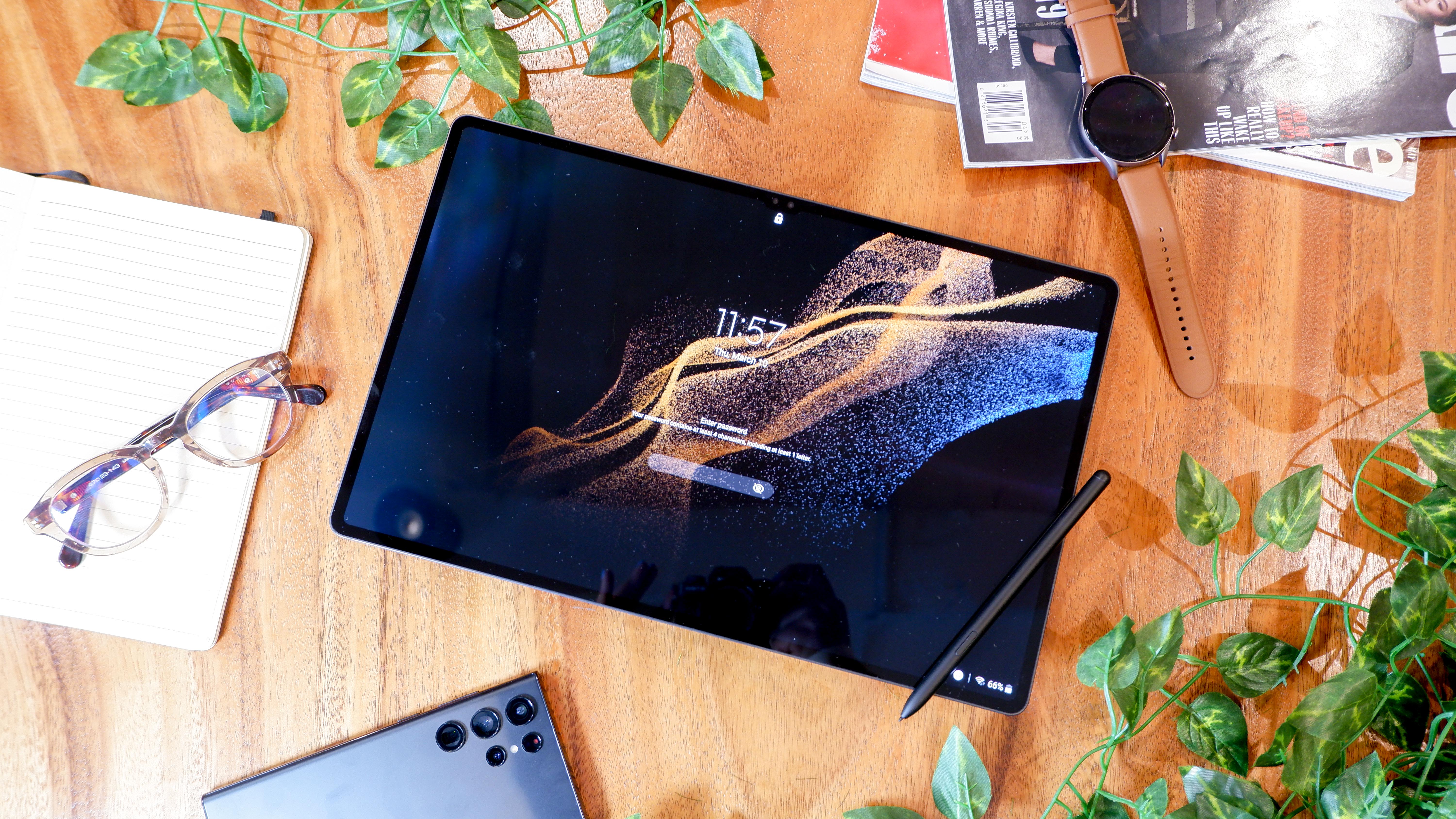
The Need for a Large Screen
A large screen on a tablet offers several advantages:
- Immersive Experience: Ideal for entertainment like watching movies or playing games.
- Professional Use: Provides a larger working area for tasks like video editing and graphic design.
- Artistic Purposes: Beneficial for artists using tablets as drawing surfaces.
Current Market Options
The market for large Android tablets is dominated by a few key players, with Samsung being the most prominent.
Samsung Galaxy Tab S9 Ultra
The Samsung Galaxy Tab S9 Ultra stands out as the largest non-foldable Android tablet available. Key features include:
- Display: 14.6-inch Super AMOLED with 2960×1848 pixels resolution.
- Build: Durable aluminum body with slim bezels.
- Battery Life: Up to 24 hours.
- Performance: Qualcomm Snapdragon 8 Gen 2 processor with 12GB or 16GB of RAM.
- Extras: Includes Samsung's S-Pen stylus.
Samsung Galaxy Tab S8 Ultra
Another contender is the Samsung Galaxy Tab S8 Ultra. Its features include:
- Display: 14.1-inch Super AMOLED with 2960×1848 pixels resolution.
- Build: Premium quality with slim bezels.
- Performance: Snapdragon 8 Gen 1 CPU.
- Extras: Comes with Samsung’s S-Pen stylus.
Samsung Galaxy View
For those needing an even larger screen, the Samsung Galaxy View is an option:
- Display: 18.4-inch screen with 1920×1080 pixels resolution.
- Portability: ENB handle for easy transport.
- Sound: Great sounding speakers.
- Limitations: Less RAM and slower processor.
Alternatives to Consider
While Samsung dominates the market, other options are worth considering.
Lenovo Tab Extreme
The Lenovo Tab Extreme features a 14.5-inch display, offering significant screen real estate for various tasks.
Asus ROG Flow Z13
For gaming enthusiasts, the Asus ROG Flow Z13 is a versatile choice:
- Display: 13.4-inch screen.
- Versatility: Functions as both a laptop and a tablet.
Buying Guide
When choosing a large-screen Android tablet, consider the following factors:
Screen Resolution and Brightness
High-resolution displays with good brightness levels ensure clear visibility even in bright light. Both the Samsung Galaxy Tab S9 Ultra and Galaxy Tab S8 Ultra feature high-resolution displays with impressive brightness levels ranging from 300 to 600 nits.
Processor and RAM
A powerful processor like the Qualcomm Snapdragon 8 Gen 2 ensures quick app loading and efficient task performance. Adequate RAM, such as 12GB or 16GB, is necessary for multitasking and running complex software.
Battery Life
Battery life is crucial for those planning to use their tablet away from a power source. The Samsung Galaxy Tab S9 Ultra offers up to 24 hours of battery life, while the Galaxy Tab S8 Ultra lasts between nine and ten hours.
Extra Features
Extra features such as the S-Pen stylus can enhance the user experience. The S-Pen is perfect for drawing and writing tasks, providing a smooth and effortless experience.
Final Thoughts
The largest Android tablet screen currently available is offered by the Samsung Galaxy Tab S9 Ultra, featuring a massive 14.6-inch Super AMOLED display. This tablet balances screen size, performance, and features, making it ideal for professionals and enthusiasts. While other options like the Samsung Galaxy Tab S8 Ultra and Lenovo Tab Extreme are also worth considering, the Galaxy Tab S9 Ultra stands out as the top contender in the market.
Whether needed for video editing, gaming, or professional work, choosing the right screen size is crucial. With the options available in 2024, there is no shortage of large-screen Android tablets to meet various needs. By considering factors such as screen resolution, processor power, RAM, and battery life, an informed decision can be made to best suit individual requirements.
